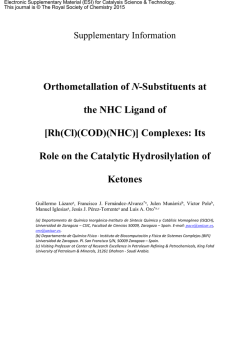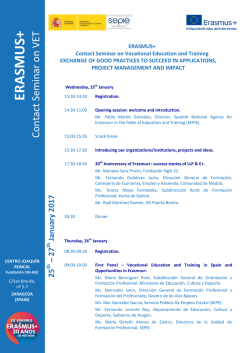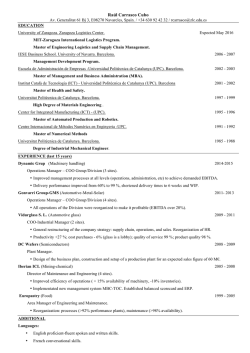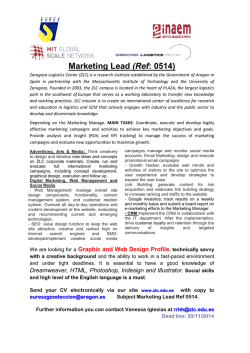
19 Doubled Haploid Production from Spanish Onion
Doubled Haploids via Gynogensesis in Higher Plants: an Update Borut Bohanec Biotechnical faculty, Jamnikarjeva 101, 1000 Ljubljana, Slovenia Double haploidy is and will continue to be a very efficient tool for the production of completely homozygous lines from heterozygous donor plants in a single step. So far procedure relied on responsiveness of male or female gamete to produce an embryo. Gynogenesis was favored in cases that androgenesis failed or in pursue for higher genetic stability of regenerants. Numerous efforts were predominantly focused on the following options: (1) culture of unpollinated organs, (2) triggering haploid embryo development by pollinations using crossing with another species, (3) using specific inducer lines of the same species or (4) by the use of irradiated pollen. Although all these methods are very useful in various plant species, unpredictable responsiveness remains a major obstacle because even in species in which protocols are well developed individual genotypes might respond differently. Another approach discovered by Ravi & Chan in 2010 was focused on alternations of CENH3 chromosomal regions responsible for microtubular attachments during mitosis or meiosis. This approach was recently upgraded. In the present form protocol requires only a single step that might not be treated as a transgenic plant. Although modifications of centromere targeting domain of CENH3 can be in principle useful both as male or female inducer actually it is predominantly used for triggering gynogenesis. Published data support the hypothesis that alternations of this highly conserved region might be applied in wide range of crop species. It could be proposed that a new genome editing techniques such as Crisper/Cas9 should be optimal for induction Doubled Haploid Production from Spanish Onion Germplasm O. Fayos1, M.P. Vallés2, A. Garcés-Claver1, C. Mallor1, A.M. Castillo2 1 Departamento de Genética y Producción Vegetal, Estación Experimental de Aula Dei (EEAD-CSIC), Avda Montañana 1005, 50059 2 Zaragoza, Spain; Unidad de Hortofruticultura, Centro de Investigación y Tecnología Agroalimentaria de Aragón, Instituto Agroalimentario de Aragón – IA2 (CITA-Universidad de Zaragoza), Avda Montañana 930, 50059 Zaragoza, Spain The use of doubled haploid (DH) in onion breeding is limited due to the low gynogenesis efficiency, and more specifically with the South European germplasm. Gynogenesis capacity from Spanish germplasm was evaluated and optimized in this study. Field plants produced a higher percentage of embryogenesis induction than growth chamber plants. A 2 to 3 times higher percentage of embryogenesis was obtained with a two-steps protocol than with a one-step protocol, ‘Recas’ cultivar showed the highest percentage (2.09%) and ‘Fuentes de Ebro’ cultivar the lowest (0.53%). The effect of different containers was tested and the highest percentage of acclimated plants was obtained with the two-step protocol in combination with Eco2box (70%). The application of 25 μM amiprofos-methyl in solid medium for 24 h to embryos produced the highest number of DH plants. Somatic regeneration from flower buds of haploid and mixoploid plants proved to be a successful approach for chromosome doubling. DH plants were produced from the four Spanish cultivars tested. 19
© Copyright 2025





